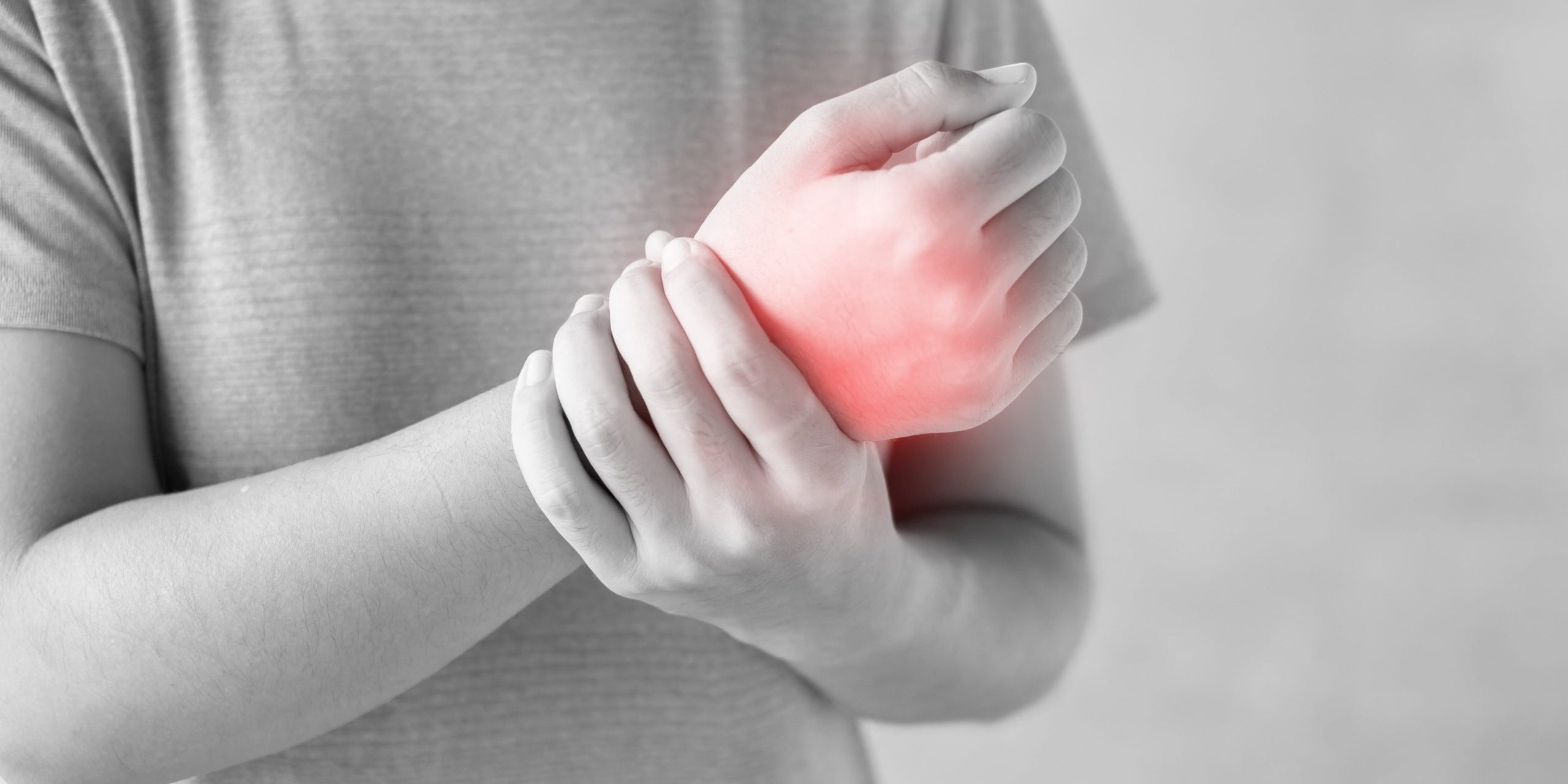Juvenile arthritis (JA) is not a single disease but rather a term that refers to a group of autoimmune and inflammatory conditions that can affect children under the age of 16. It causes joint swelling, pain, stiffness, and can impact a child’s overall growth and development. Though often misunderstood, juvenile arthritis is more common than many realize and can significantly affect a child’s quality of life if left untreated.
Types of Juvenile Arthritis
There are several types of juvenile arthritis, with the most common being juvenile idiopathic arthritis (JIA). Other forms include juvenile psoriatic arthritis, enthesitis-related arthritis, and systemic juvenile arthritis. Each type varies in symptoms, severity, and the joints affected, making early and accurate diagnosis crucial.
Causes and Risk Factors
The exact cause of juvenile arthritis remains unknown. However, it is believed to be an autoimmune disorder, where the immune system mistakenly attacks the body’s own tissues. Genetics and environmental triggers may also play a role. While juvenile arthritis can affect any child, certain genetic markers may increase susceptibility.
Signs and Symptoms
Common symptoms of juvenile arthritis include:
- Persistent joint pain or swelling
- Morning stiffness or limping
- Fatigue and reduced physical activity
- Fever or rash in some types
- Growth problems in severe cases
Symptoms can vary widely and may come and go, often making diagnosis challenging without proper medical evaluation.
Diagnosis and Treatment
Diagnosing juvenile arthritis typically involves a combination of physical exams, lab tests, imaging studies, and a detailed medical history. Early detection is key to preventing joint damage and improving long-term outcomes.
Treatment plans may include:
- Nonsteroidal anti-inflammatory drugs (NSAIDs)
- Disease-modifying antirheumatic drugs (DMARDs)
- Biologic agents
- Physical therapy
- Regular monitoring by a pediatric rheumatologist
Living with Juvenile Arthritis
With proper care, children with juvenile arthritis can lead full and active lives. A multidisciplinary approach that includes medical treatment, physical activity, emotional support, and school accommodations can greatly improve a child’s quality of life.
Conclusion
Juvenile arthritis is a serious but manageable condition. At Parkchester Medical, we are committed to raising awareness and providing compassionate care to young patients and their families. Early intervention, tailored treatment, and community support are key to helping children thrive despite the challenges of juvenile arthritis.






